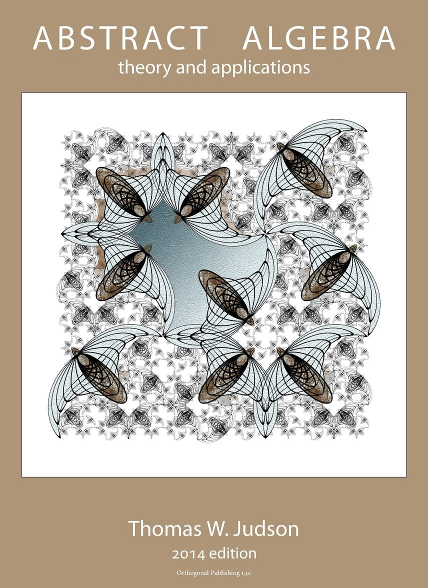Section 3.7 Projects and Friends
“PROJECT-LIKE” refers to the elements/blocks <project>, <activity>, <activity>, and <exploration>. They are very similar to <exercise>, and here we stress that they can be interactive in all the same ways an <exercise> can. Key differences are that they are blocks, and so are peers of other blocks like paragraphs and examples, and are children of divisions. By default they have their own numbering scheme, though we expect this to convert to an elective behavior.
Both <exercise> and PROJECT-LIKE can be structured with <task>. It would be natural to have a <project> with multiple <task>, each a possibly different interactive problem type. We expect that to be possible soon. For now, <exercise> and <project> (and friends) need to be structured with a <statement> (and their associated signal) in order to be interactive.
Activity 3.7.1. Multiple-Choice, Not Randomized, Multiple Answers.
Red
Red is a definitely one of the colors.
Yellow
Yes, yellow is correct.
Black
Remember the acronym…ROY G BIV. “B” stands for blue.
Green
Yes, green is one of the colors.
Which colors might be found in a rainbow? (Note that the radio buttons now allow multiple buttons to be selected.)
Do you know the acronym…ROY G BIV for the colors of a rainbow, and their order?
Now an <exercise> with two <task>. Since the latter is a short-answer question, it will only be interactive on a capable platform.
Checkpoint 3.7.1. True/False and Explain.
Structured with task, we can have an introduction, but this does not migrate with the interactive portions.
(a) True/False.
True.
The vector space of all polynomials with finite degree has a basis, \(B = \{1,x,x^2,x^3,\dots\}\text{,}\) which is infinte.
False.
The vector space of all polynomials with finite degree has a basis, \(B = \{1,x,x^2,x^3,\dots\}\text{,}\) which is infinte.
Every vector space has finite dimension.
\(P_n\text{,}\) the vector space of polynomials with degree at most \(n\text{,}\) has dimension \(n+1\) by Theorem 1.2.16. [Cross-reference is just a demo, content is not relevant.] What happens if we relax the defintion and remove the parameter \(n\text{?}\)
(b)
Explain your reasoning in the previous question.
Now an <exploration> nested two-deep with the same two questions, two times each, just for testing purposes.
Exploration 3.7.2. Exploring Two-Deep.
(a) First Iterations of Each.
(i) Multiple-Choice, Not Randomized, One Answer (First Copy).
Green
Green means “go!”.
Red
Red is universally used for prohibited activities or serious warnings.
White
White might be hard to see.
What color is a stop sign?
(ii) Python ActiveCode (First Copy).
Run the following program and observe the information provided at each step.
(b) Second Iterations of Each.
(i) Multiple-Choice, Not Randomized, One Answer (Second Copy).
Green
Green means “go!”.
Red
Red is universally used for prohibited activities or serious warnings.
White
White might be hard to see.
What color is a stop sign?
(ii) Python ActiveCode (Second Copy).
Run the following program and observe the information provided at each step.
